Hungary for Ethanol
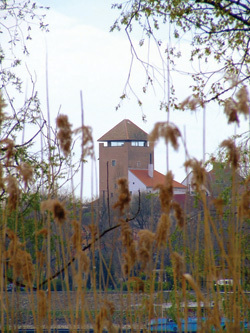
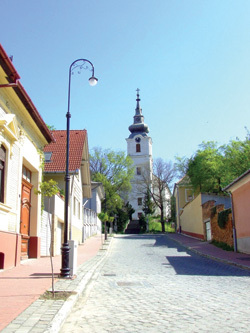
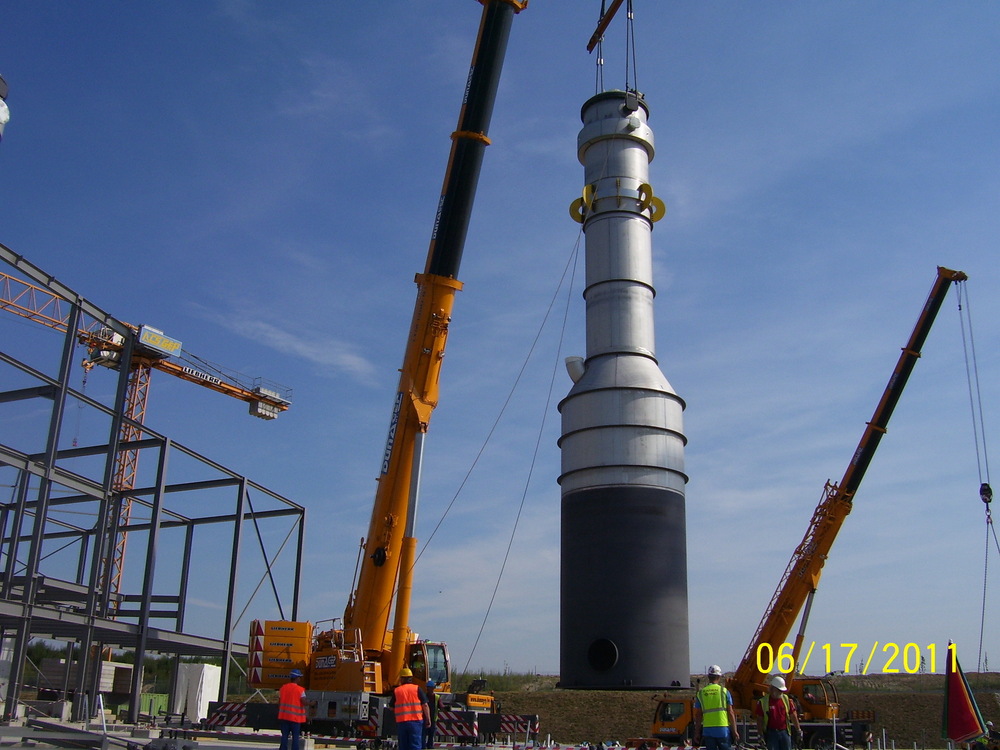
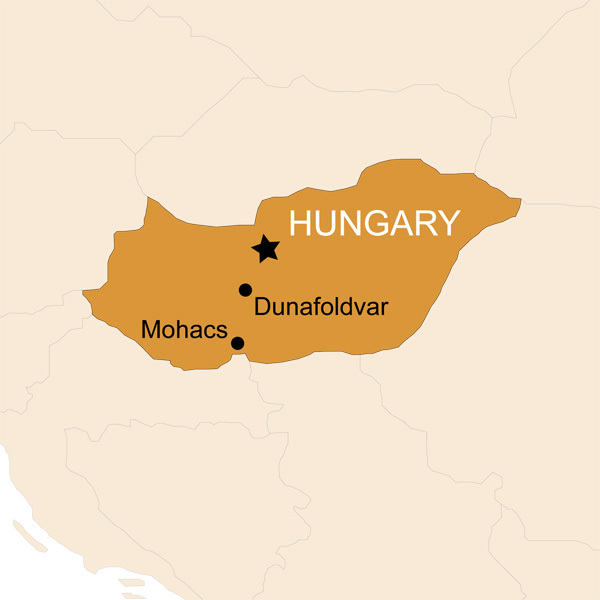
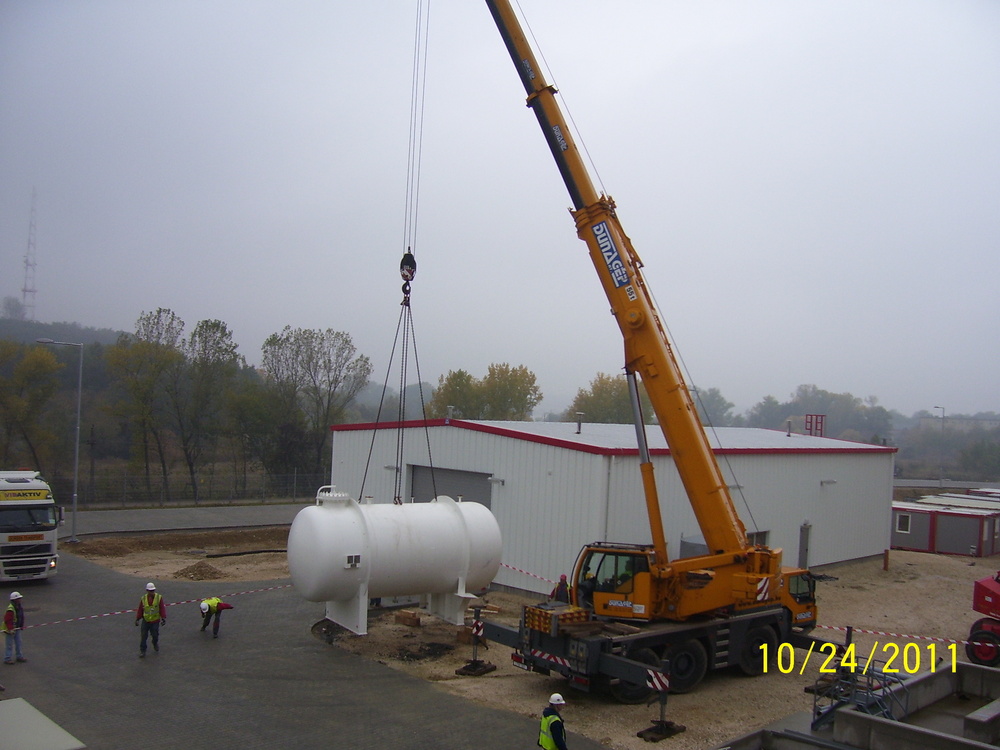
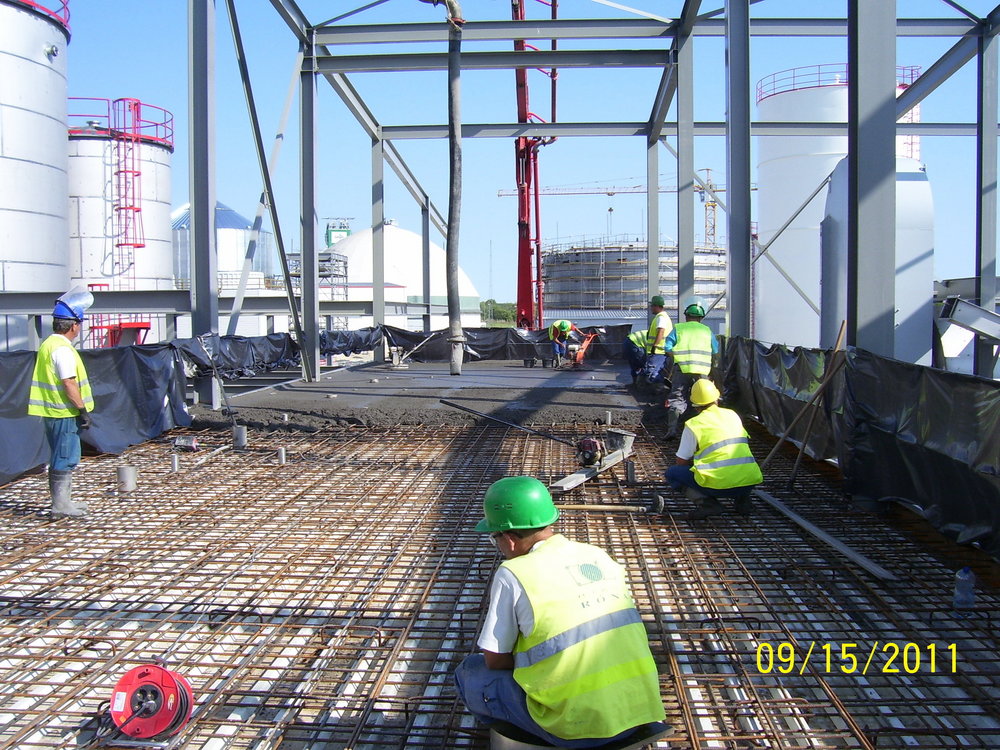
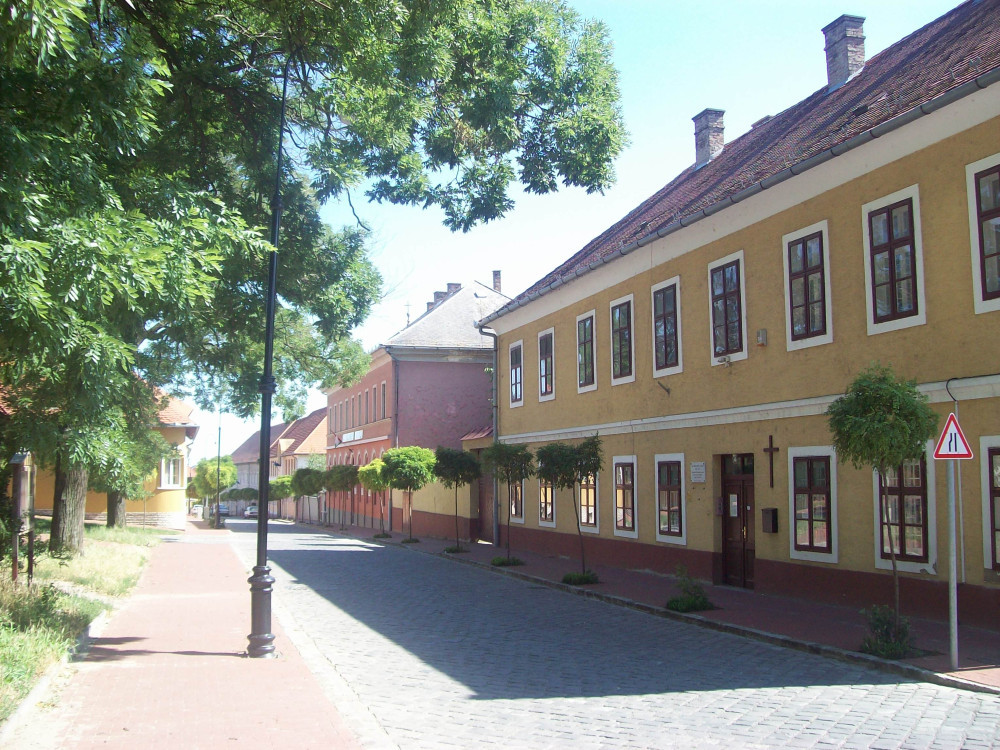
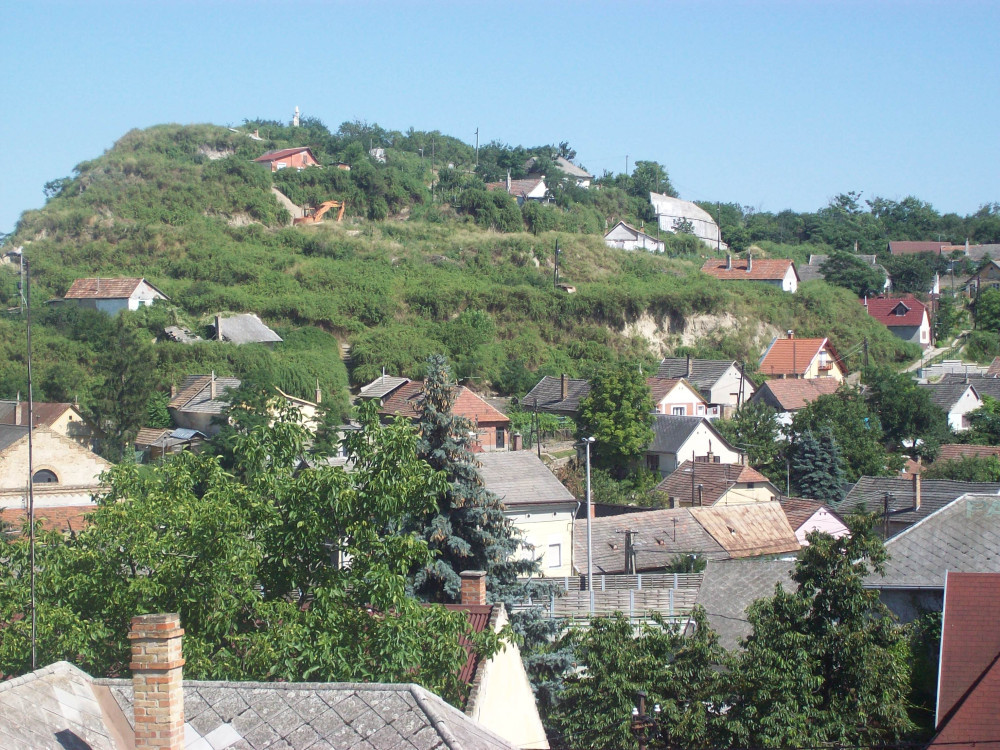
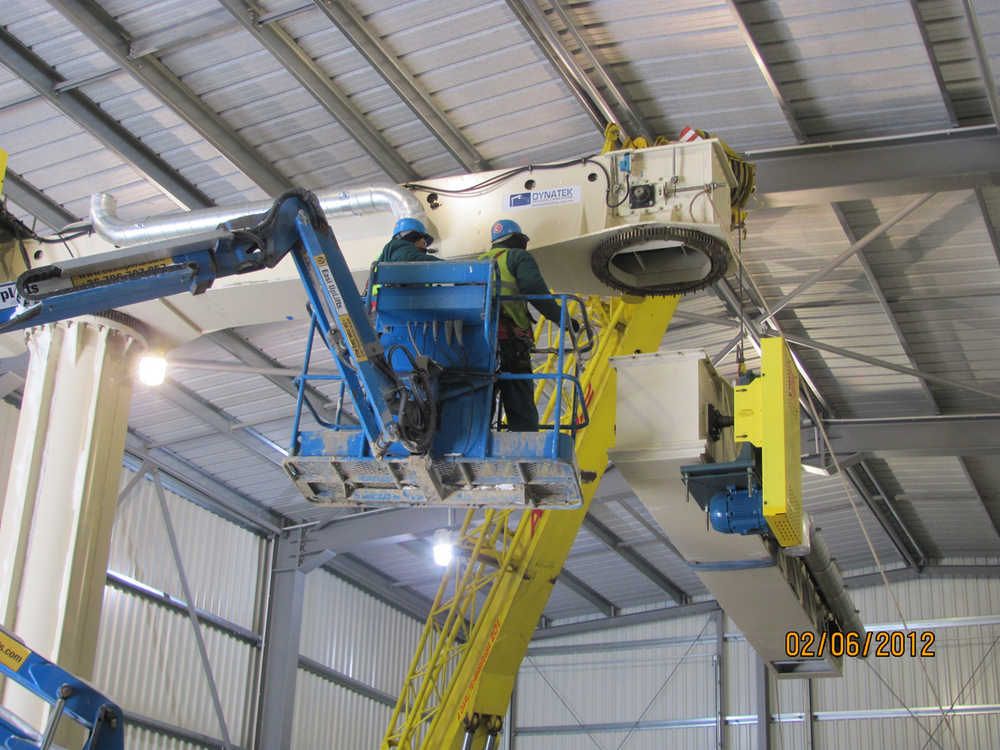
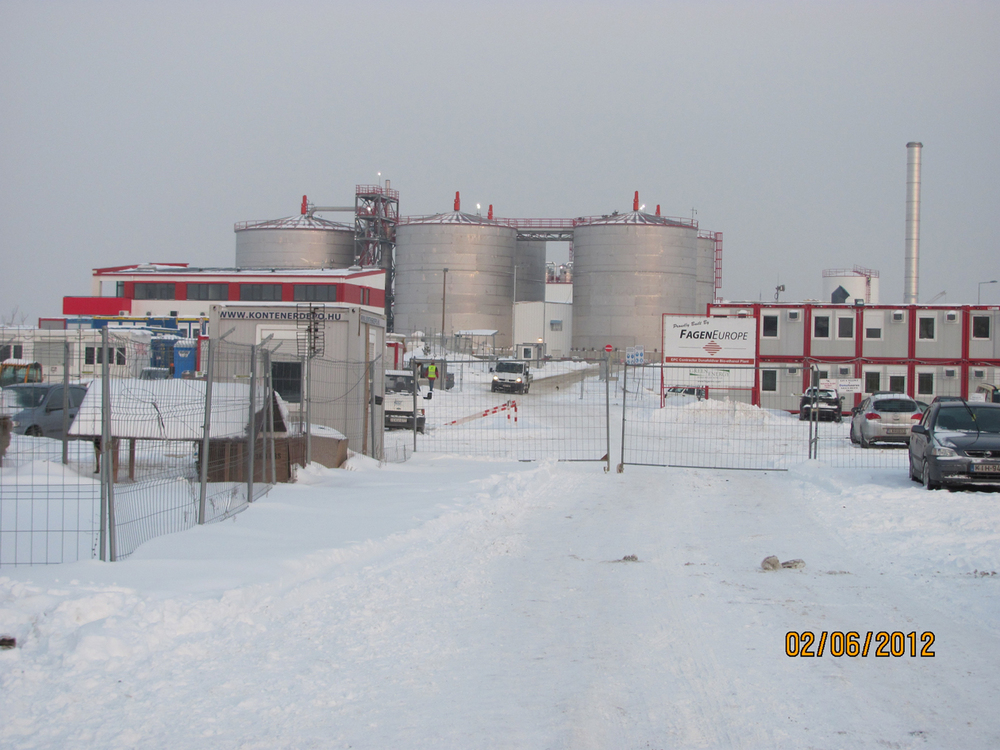
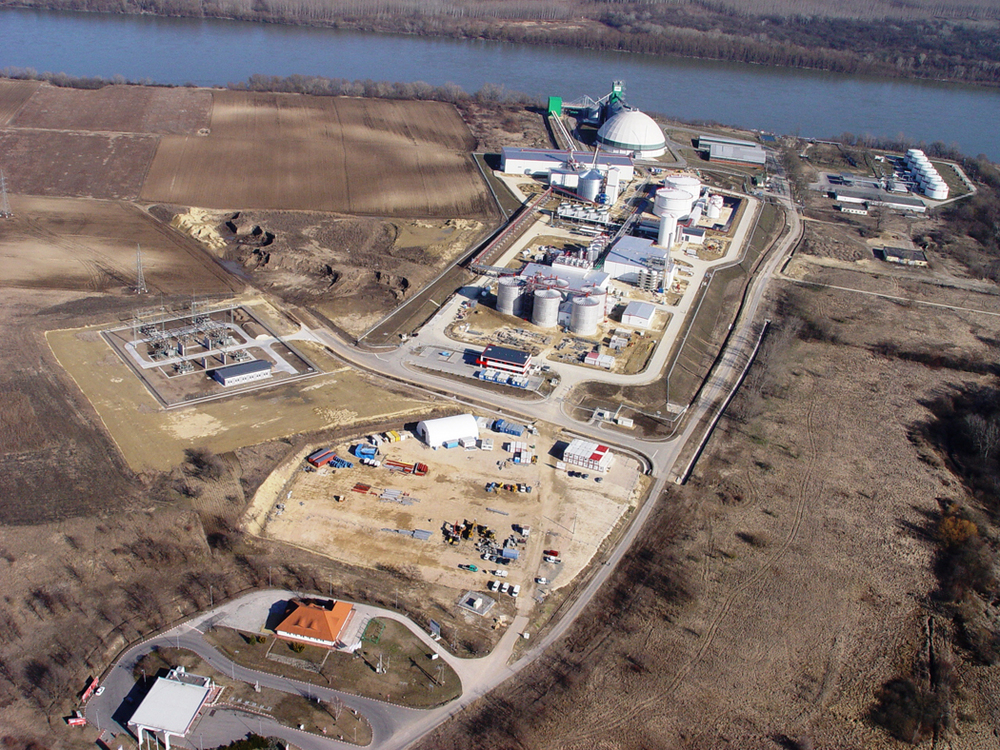

PHOTO: ADAM MAGYARI, DONAFOLDVAR
May 10, 2012
BY Holly Jessen
Dunafoldvar, Hungary, reminds John Handel of certain areas in the Midwest. “There are expanses of really nice agricultural land,” the project manager of Fagen Europe LLC tells EPM. “It is pretty well suited for corn production.” Besides that, like many other areas of the United States and the world, Hungary needs jobs and economic activity.
Enter Pannonia Ethanol, a corn-to-ethanol plant, which began production this spring, that will produce up to 240 MMly (63.4 MMgy.) The facility was built by Ethanol Europe Renewables Ltd., a joint venture of the Fagen and Turley families, says Eric Sievers, CEO of Ethanol Europe. “Our plan is to develop, own and operate Fagan ethanol plants in Europe,” he adds. Fagen builds ICM Inc.-designed ethanol plants.
The development company has already announced its intention to build a second ethanol plant in Mohacs, Hungary, about an hour away from the first plant. Construction at Mohacs, which will be the same size as the first, is expected to begin this summer. From there, the company has identified about a half dozen additional sites, located both in Hungary and in neighboring countries. “Hopefully, by the end of the summer we will be ready to announce our third [location], which is not in Hungary,” Sievers says.
Mark Turley, the catalyst behind the development company, started out selling cars in Dublin and had built a successful international real estate business before exiting prior to the market crash. According to Seivers, Turley determined his next step would be investing in renewable energy. He took a year to study everything from solar energy, wind power and biofuels before ultimately setting his investment sights on ethanol.
In searching for a partner, Turley had only one man in mind. “There was a decision made early on, that if we could get Ron Fagen to agree to build a plant in Europe, we would go ahead and create Ethanol Europe,” Sievers said. “And if he wouldn’t agree to that, there was no need to even form the company and no need to do a project. So, step No. 1 in our entire business was to figure out a way to get Fagen over to Europe.”
Advertisement
Advertisement
Ethanol Europe is one of only a few investors working on building greenfield ethanol plants in Europe, confirms Rob Vierhout, secretary general of ePURE, the European Producers Union of Renewable Ethanol. In the United Kingdom, Vivergo Fuels, a 420 MMly feed wheat-to-ethanol production facility, began commissioning in April. More progress is needed, however. The EU’s ethanol industry has production capacity for only about half the 14 billion liters needed to fulfill the Renewable Energy Directive. Passed in 2009, it sets what the European Commission describes as ambitious targets for all EU member states—aiming for 20 percent renewable energy, which includes 10 percent specifically in the transportation market, by 2020. The results, so far, have been lackluster, Sievers says. “It was supposed to lead to the type of investment boom that you saw in the U.S. in 2005 and it just didn’t happen,” he says.
What’s the hold up? Vierhout lists four reasons, the first of which is the economic crisis. “There is simply less capital around,” he says. Second, the biofuels sector is completely under political control, which makes its future unknown. Finally, he points to the unsolved indirect land use change issue and the risk of imports from ethanol-producing countries.
Sievers, on the other hand, identifies ethanol price versus cost of production as the main thing holding prospective investors from diving into ethanol. “The prevailing ethanol prices in Europe are not attractive to European producers, whereas, with a Fagen ethanol plant, the prices look attractive,” he says.
Down to the Last Detail
Site work began on the Dunafoldvar ethanol plant in summer 2010, with Fagen Europe employees mobilizing in the third quarter, Handel says. The plant is a typical 50 MMgy ICM/Fagen ethanol plant. In all, 16 Fagen employees each spent about a year in Hungary. A few, like Handel, brought families with them but the majority did not. While the Fagen employees brought experience building ethanol plants, they also worked hand-in-hand with around 10 Hungarian nationals who made key contributions as well. These workers helped the Fagen employees navigate factors such as the language barrier and meeting European safety and electrical standards, for example. Some changes had to be made to the design to make it fit those standards. “Some of them are significant, some of them aren’t that noticeable,” he says.
ICM worked with Fagen on the project in the same capacity it has in U.S. plants, providing process design and equipment, says Mark McCorkle, ICM project manager for the Dunafoldvar plant. Typically, an ICM employee comes to the site before it starts up. With the project in Hungary, the company sent an employee to the site to answer questions and provide guidance beginning in late January. A second employee later took his place and remained in Hungary until mid-May. Two other employees took trips to Hungary to help oversee the installation of the dryer system. In addition, about 15 Pannonia employees traveled to Lamberton, Minn., for ICM-led classroom and hands-on training in January. “This is our very first European project, and it has provided many challenges as well as opportunities, McCorkle says, adding that the team members did a tremendous job of learning how to work within EU requirements. That knowledge will come in handy for the Mohacs project, he adds.
The ethanol plant is already poised to double capacity, with substantial groundwork in place, Sievers says, estimating that a quarter to a third of the investment to expand has been made already. “We fully anticipate expanding the plant in the next year or two,” he says.
The plant is powered with natural gas using a combined heat and power (CHP) system that will generate about one third of the plant’s electricity needs. Although CHP isn’t commonly implemented in U.S. ethanol plants, Europe’s power prices are about five times more expensive than in the U.S. “Here it’s just overwhelmingly compelling from an investment standpoint,” he says. To accomplish this, a small steam turbine was installed, Handel says. Steam from the plant’s boiler will pass through the turbine to turn a generator to create electricity. “It takes a little bit of the energy out of the steam and uses it to generate electricity,” he says.
Advertisement
Advertisement
There are more projects the company can or will do to make the project even more environmentally friendly. First, CO2 capture will be implemented at a later date, Sievers says. While the company is not yet ready to announce a name, it’s in talks with a “strong commercial partner” it has worked with in the past and anticipates an offtake deal will be announced later in the year. Finally, although the company has discussed the possibility of building a biomass power plant at the facility, a final decision has not yet been made. “There’s nothing eminent,” Sievers says.
A total of 75 direct jobs have been created at the plant. That’s more than twice the amount of people who work at a typical 50 MMgy plant in the U.S., he says. More employees are required because the facility will buy all its own corn and market all its own ethanol and distillers grains in-house. In addition, the facility has to be fenced in with 24-hour security. The reason for this is that, due to customs and excise requirements in Hungary, the company must ensure that none of the ethanol is leaving the facility for use as a beverage alcohol, which would require paying an additional tax. “As long as we use this as fuel ethanol, that tax is never paid,” he says.
With Open Arms
Ethanol Europe expects the ethanol produced at the Pannonia ethanol plant in Hungary will be exported to meet demand outside Hungary. In fact, the country has two existing Hungarian ethanol plants: one a sugar factory with ethanol production added on in recent years and the second an older distillery that mostly produces industrial ethanol, both of which export the majority of the ethanol produced. “We didn’t build our plant here in Hungary with any sort of concern at all for the Hungarian fuel market, the same way that someone building a plant in Iowa isn’t building the plant with any sort of eye to how much ethanol is used in Iowa,” Sievers explains. “Our market is not Hungary—our market is the European Union.”
For one thing, although Hungary currently utilizes E6 and that percentage is rising, the market for ethanol is relatively small. Half of the vehicles in Europe run on diesel, Sievers points out. “One decent sized ethanol plant can supply all of Hungary’s needs.”
So what is it that drew Ethanol Europe to build in Hungary? The feedstock supply is at the top of the list. About 8 million tons of corn is produced yearly in Hungary and, typically, half of that is exported. “Hungary has more corn surplus than any other country in Europe,” Sievers says, adding that there’s plenty of room for expansion through increased productivity. “The yields here are about 50 percent lower than U.S. yields and the past 20 years have been a very difficult period for the Hungarian farmer. The past two, three years of high corn prices and suddenly an ethanol plant like ours coming online mean that we anticipate Hungarian farmers are going to invest more in the land and invest more into equipment and fertilizer, so we anticipate that the yields will go up.”
Sievers also credited the local community, its politicians and residents, for their support. That happened because the company worked hard to bring the people of Dunafoldvar on board, as they will continue to do within all communities where they develop projects. “Our development philosophy is only to do projects in communities that unequivocally want us to be there,” he says.
Hungarian residents do have reason to be skeptical—their experience with ethanol production is a plant that Zoltan Reng, CEO of Pannonia Ethanol, calls “smelly and ugly.” So, the company took a group from Dunafoldvar and, later, Mohacs, to visit Highwater Ethanol LLC, a 55 MMgy Fagen/ICM plant in Lamberton, Minn. It gave the Hungarians a chance to see for themselves and ask questions. Those on the trips included mayors and other members of local government, famers, local businesspeople and even a school teacher. “These people had to see to believe and to have no doubts in their mind about the positive affects to the community,” Reng says. “Both delegations left the U.S. satisfied and said now they can tell their communities that there is nothing to worry about, there will be no smell or noise, and the plant will look extremely impressive.”
Author: Holly Jessen
Associate Editor, Ethanol Producer Magazine
(701) 738-4946
hjessen@bbiinternational.com
Upcoming Events





